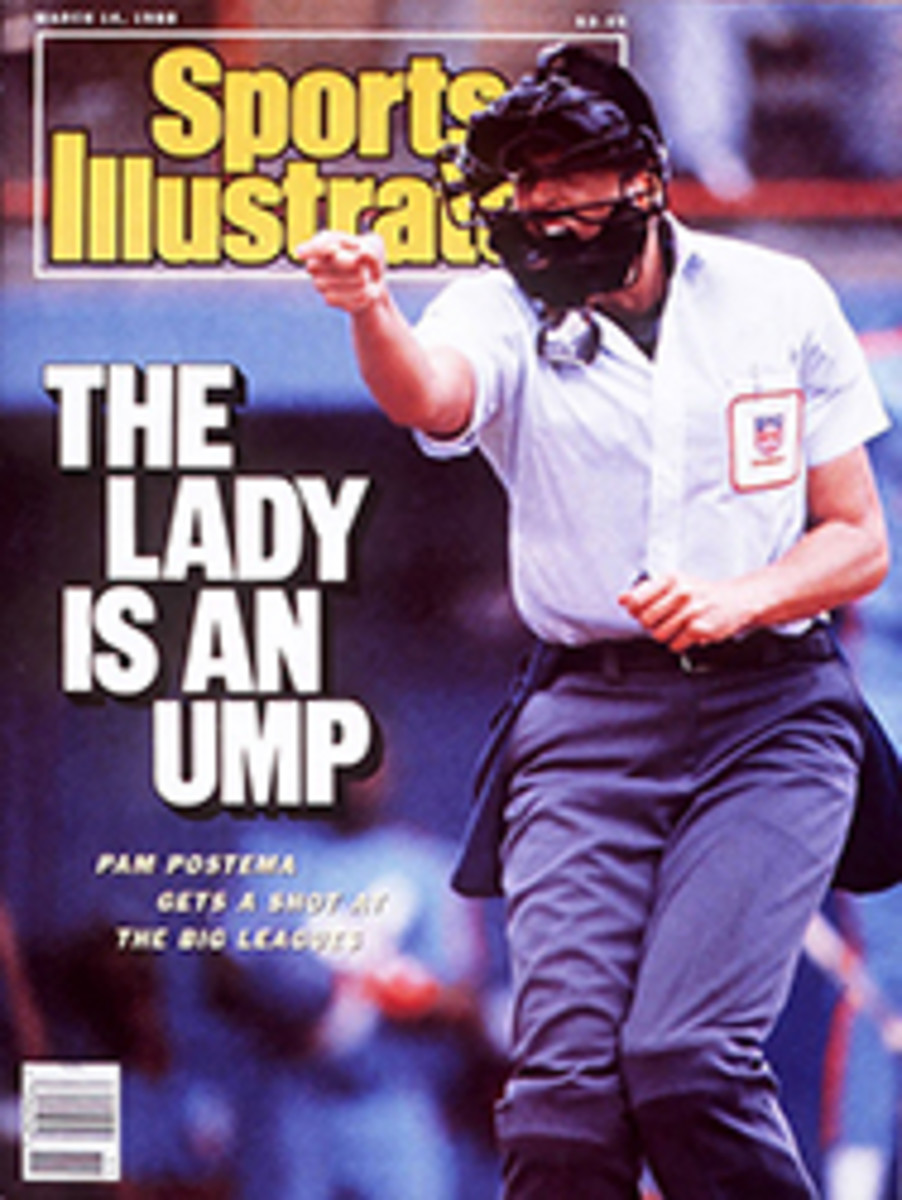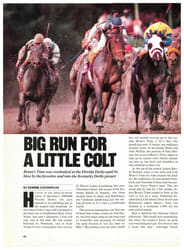
WORKING FOR PIN MONEY
The pinboy is an endangered species, like the whooping crane, the blacksmith and the two-way football player. Many young bowlers have never seen a live body back there behind the pin deck, scooping up the ball and repositioning the pins.
Good riddance, say advocates of the automatic pinspotters now in use in all but a handful of the thousands of bowling lanes around the country. The pinboy, we are told, was too often indolent, unreliable and impertinent. But that's not the way I remember it.
My days as a pinboy go back to the end of the Depression, just before World War II. Bowling was beginning to emerge from the dim basements and back streets of its tarnished youth. Clean, well-lighted bowling centers were springing up. One of them was the Penn Bowling Center over the Ford garage in Warren, Pa.
Every evening a dozen adolescents and perhaps a man down on his luck shaped up before the center's manager. The lucky eight he selected would enjoy four hours of stoop labor, earning $1.25 on a slow night, maybe $2 if a crack industrial league was in action. In prewar teenage society that was a princely wage; with two bucks you could have what passed for a night on the town with your girlfriend.
The pinboy's place of business was a shadowy four-by five-foot pit just behind the pin deck. While waiting for the next ball to arrive he sat on a ledge three feet above lane level, dangling his legs against the upholstered pad at the rear of the pit. He soon learned to stay in a corner to reduce his angle of vulnerability to flying pins. In front of him, directly over the pin deck, was a triangular, semiautomatic racking machine with a cradle for each pin and a handlebar for lowering the device to position a new setup. Through a mesh screen over the rack he could see the bowler.
The instant the ball exploded into the pins the pinboy rocked back and raised his legs out of harm's way. While pins were still spinning on the rope-mat floor, he dropped into the pit, picked up the ball and placed it on the return ramp, giving it forward English for speed. Grasping downed pins by the neck, two in each hand, he slipped them smoothly into the rack, leaving empty the cradles for pins still standing. When the bowler finished the frame, the pinboy pushed down the handlebar, setting up for the next bowler.
It was, to understate the case, mindless work. All the pinboy needed to know was whether the bowler had another ball coming in a frame. Often pin-boys worked two adjacent lanes, rolling over the low divider between them.
Every league had a bowler or two who appeared to have a grudge against the pins, if not against pinboys. Generally they were straight-ball bowlers with a speedy approach to the foul line and a backswing that started from the rafters. They were most fearsome when they were trying for a two-or three-pin spare, because there were so few pins to absorb the blow. If the rocketing ball shaved the spare, the pins sometimes ricocheted off the maple dividers and gave the pin-boy a smart rap on his unprotected calves.
The best bowlers were also the best to stick pins for. They tended to roll a nice hook at moderate speed, usually into the 1-3 pocket, which meant a lot of strikes, which meant only one ball and pin recovery per frame. (Pinboys were paid by the game, so the better the bowler, the more they could earn.)
Obviously the worst bowlers were the beginners. Not only did they need two balls for almost every frame, but also the most eager of them had a penchant for picking the second ball off the return ramp and firing it while the pinboy was still in the pit tidying up. Nothing got a pinboy's attention quite so fast.
During the course of a busy night's work, a pinboy probably dropped into the pit 300 times. Each time he lifted a 14-or 16-pound ball onto the return ramp and scooped up handfuls of 3½-pound pins. By night's end he easily could have retrieved 1,500 pins. That's indolence?
In their successful wooing of the family trade, bowling's promoters have pictured the pinboy as an ill-favored relic of the days when bowling alleys stood barely a cut above pool halls in popular perception. No doubt the automatic pinspotter represents progress, although in a contest for speed and efficiency over a three-game series, I would put my money on a pinboy. But as we rush to embrace technology (some bowling centers now boast computerized scorekeeping systems, too), tell me no tales of lazy, unreliable, devil-may-care pinboys. There weren't any at the Penn Bowling Center.
ILLUSTRATION
ALISON SEIFFER
Robert Peterson is the author of "Only the Ball Was White," a history of Negro baseball.

